Applications of Tungsten Cemented Carbide Balls in Valves
- Details
- Category: Tungsten Information
- Published on Friday, 12 September 2025 17:34
- Hits: 27
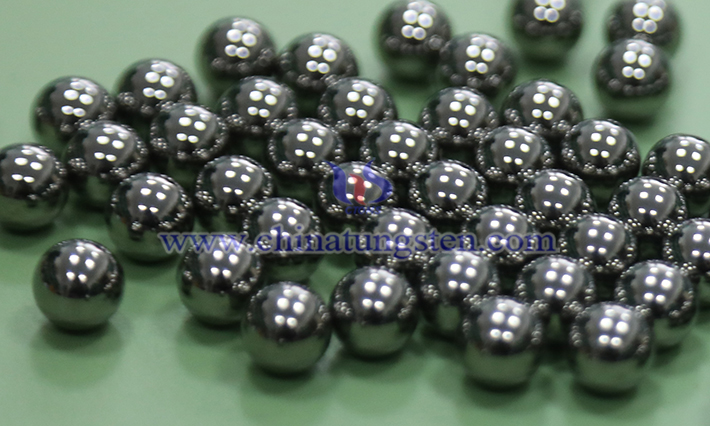
Tungsten Cemented Carbide Balls are primarily used as core components in valves, such as valve balls or sealing surfaces. Their high hardness, wear resistance, corrosion resistance, and stability under high temperatures and high pressures make them a key material for improving valve performance and lifespan, particularly in industries such as the oil, chemical engineering, and natural gas.
Applications of Tungsten Cemented Carbide Balls in Bearings
- Details
- Category: Tungsten Information
- Published on Friday, 12 September 2025 17:33
- Hits: 18
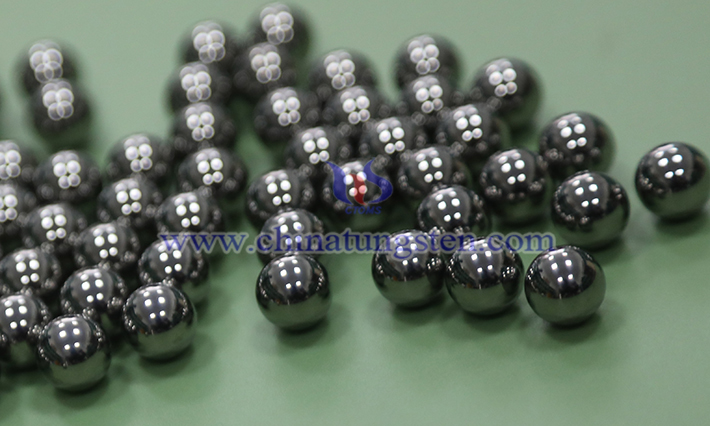
Tungsten Cemented Carbide Balls, with their high hardness, wear resistance, and corrosion resistance, play an irreplaceable role in high-performance bearings, particularly in aerospace, precision manufacturing, and under extreme operating conditions.
The Role of Tungsten Cemented Carbide Balls in Machining
- Details
- Category: Tungsten Information
- Published on Friday, 12 September 2025 17:32
- Hits: 25
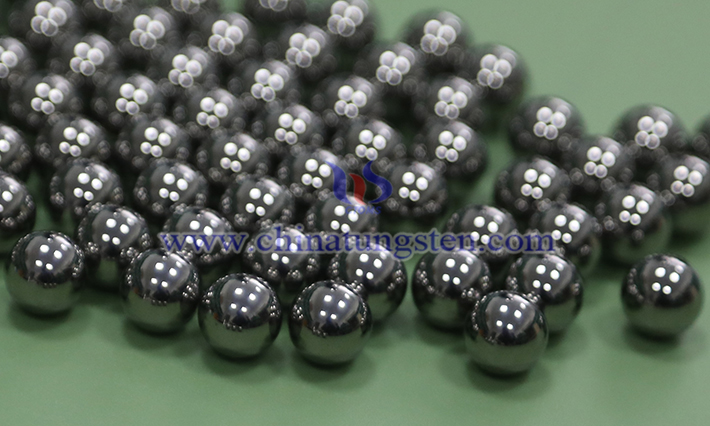
Tungsten Cemented Carbide Balls play a crucial role in machining. Their high hardness, wear resistance, compressive strength, corrosion resistance, and thermal stability make them an ideal choice for a variety of machining scenarios. The following are the main roles of Tungsten Cemented Carbide Balls in machining:
Industrial Applications of Tungsten Carbide Balls
- Details
- Category: Tungsten Information
- Published on Friday, 12 September 2025 17:30
- Hits: 25
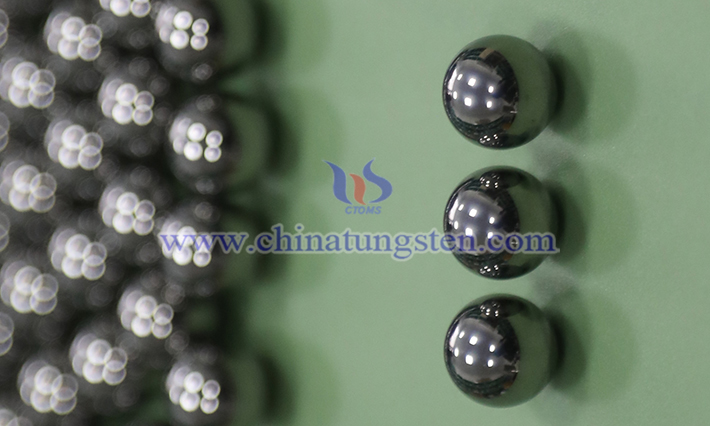
Tungsten Carbide Balls have a wide range of industrial applications, spanning a wide range of industries, including machinery manufacturing, energy, chemicals, aerospace, and consumer goods. Their excellent wear and corrosion resistance, along with their high precision, make them an ideal choice for demanding applications.
Roles of Tungsten Carbide Balls in Industry
- Details
- Category: Tungsten Information
- Published on Friday, 12 September 2025 17:29
- Hits: 27
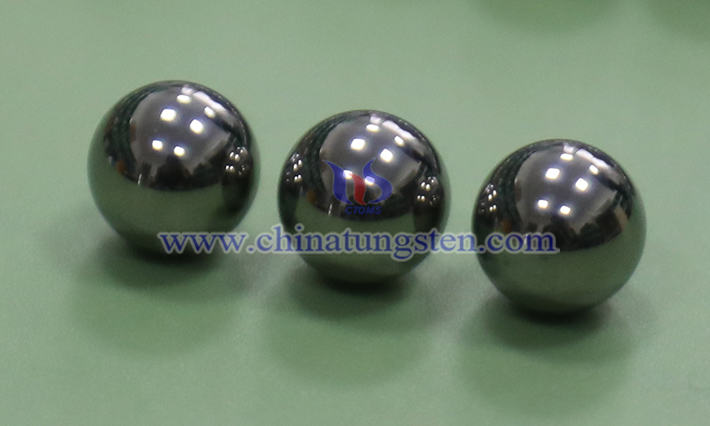
Tungsten carbide balls play a vital role in industry. Their high hardness, wear resistance, corrosion resistance, and high-temperature resistance make them a core material in various fields, including precision manufacturing, mechanical engineering, and energy development. Their specific roles are reflected in the following aspects:
Main Applications of Tungsten Carbide Balls
- Details
- Category: Tungsten Information
- Published on Friday, 12 September 2025 17:27
- Hits: 25
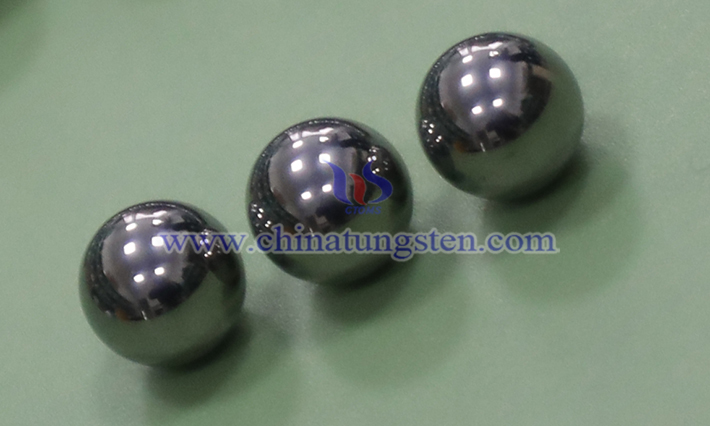
Tungsten Carbide Balls are widely used in a variety of fields due to their high hardness, wear resistance, corrosion resistance, and high strength. The following are their main applications:
Common Uses of Tungsten Carbide Balls
- Details
- Category: Tungsten Information
- Published on Friday, 12 September 2025 17:26
- Hits: 25
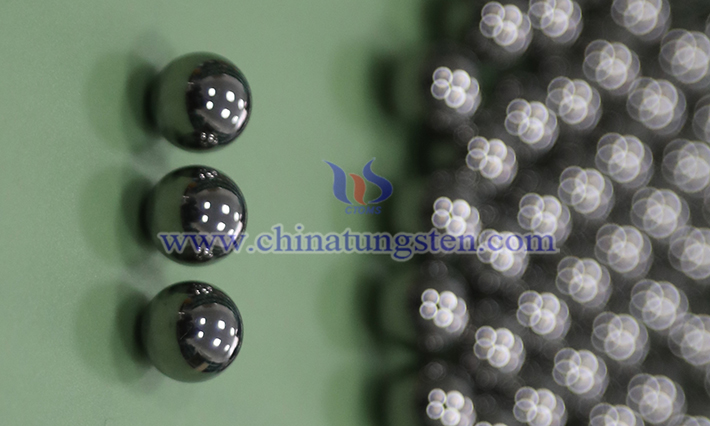
Tungsten carbide balls are spherical products made through a powder metallurgy process, using a high-hardness metal carbide matrix such as tungsten carbide (WC) and a metal binder such as cobalt (Co). Their core properties include high hardness, high wear resistance, high compressive strength, corrosion resistance, and good dimensional stability. The following are common uses and specific application scenarios:
Applications of Tungsten Cemented Carbide Balls
- Details
- Category: Tungsten Information
- Published on Friday, 12 September 2025 17:25
- Hits: 21
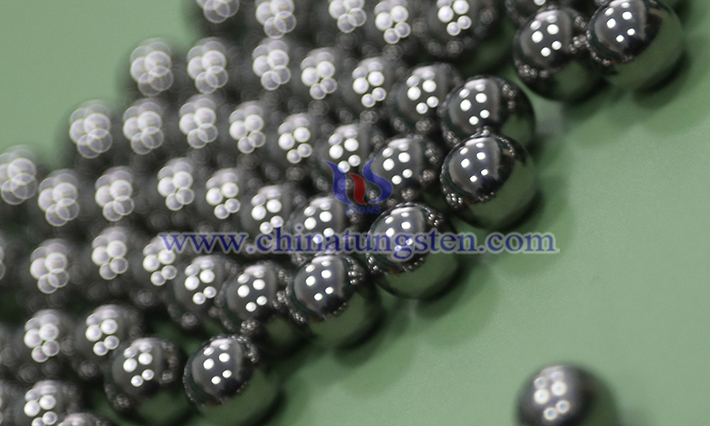
Due to their excellent physical and chemical properties, tungsten cemented carbide balls are widely used in applications requiring high wear resistance, precision, and corrosion resistance, particularly in industry, manufacturing, energy, and precision instrumentation. The following are key application areas:
Environmental Adaptability of Tungsten Carbide Balls
- Details
- Category: Tungsten Information
- Published on Friday, 12 September 2025 17:24
- Hits: 22
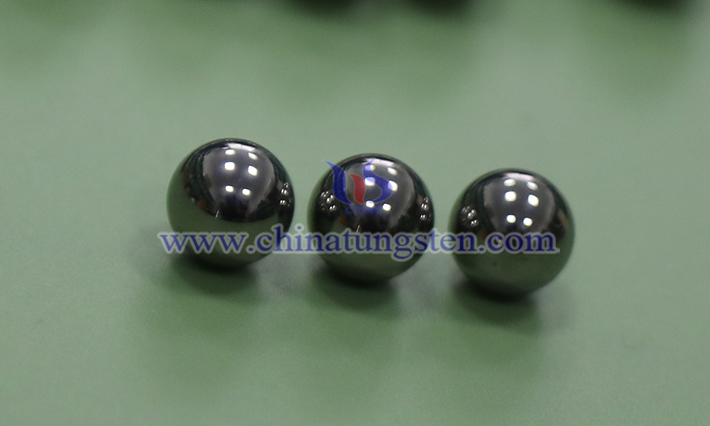
Tungsten Carbide Balls are made from a matrix of high-hardness, refractory metal carbides (such as WC and TiC), with binders such as cobalt and nickel added, and sintered using a powder metallurgy process. Their environmental adaptability is particularly outstanding under extreme operating conditions, as demonstrated in the following dimensions:
Toughness of Tungsten Cemented Carbide Balls
- Details
- Category: Tungsten Information
- Published on Friday, 12 September 2025 17:22
- Hits: 13
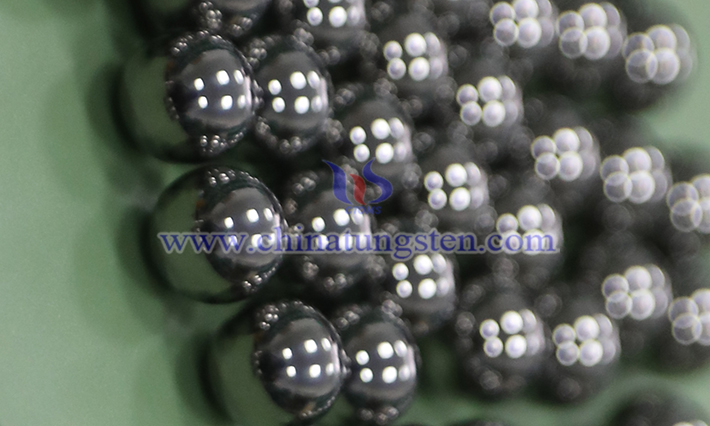
Tungsten cemented carbide balls are spherical materials made by sintering powder metallurgy with tungsten carbide (WC) as the hard phase and cobalt (Co), nickel (Ni), or molybdenum (Mo) as the binder phase. Their toughness performance is influenced by the composition, processing, and microstructure, requiring a comprehensive analysis from the perspectives of impact toughness and fracture toughness.




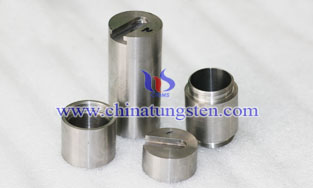


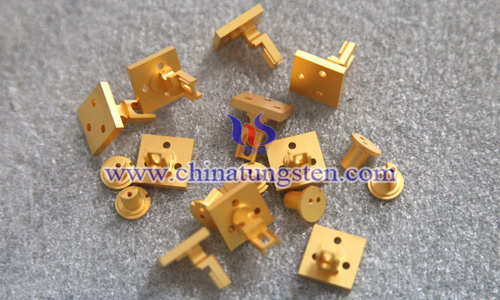
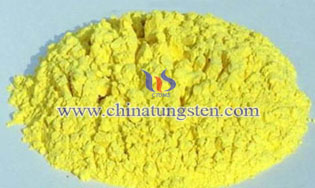
 sales@chinatungsten.com
sales@chinatungsten.com